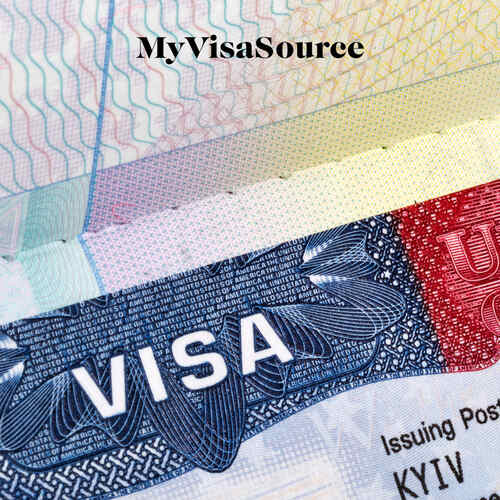Have you received a negative decision from the US Citizenship & Immigration Services (USCIS)? Do you wish to appeal that decision in the Immigration Court? Are you still trying to decide what to do next and whether it will be worth the effort? Here is a little something about the process of how to file an immigration appeal.
What Should You Do If You Receive a Negative Decision?
If you file an appeal to the Immigration Court against a negative decision, your appeal will go directly to the board of immigration appeals almost every time. From there, you go to see the circuit court. The circuit court is a federal court over a series of states in your area. Different circuit courts are present all over the country. For example, Phoenix, Arizona is the 9th Circuit Court of Appeals for the West Coast and Hawaii.
What Are Your Odds at the Board of Immigration Appeals?
Lately, it has become increasingly harder for immigration lawyers and advocates to win at the Board of Immigration Appeals. It is not impossible, however, it is going to be a difficult journey. Hiring an experienced immigration lawyer who knows what they are doing can ease your path ahead.
Based on whether you are detained or not detained, your immigration appeal may last different periods.
What Happens When You are Detained?
If you are detained, then your immigration appeal will usually take 4 months or less when appealing to the Boards of Immigration Appeals. The board prioritizes appeals of detained persons since it costs the government to detain people and is a bigger problem if they are unlawfully detained.
If you lose your appeal at the Board of Immigration Appeals, your case will be referred to the circuit court. It may take over 16 months for the circuit court to decide on your case after the initial decision. You must get a stay of removal to avoid getting deported.

















